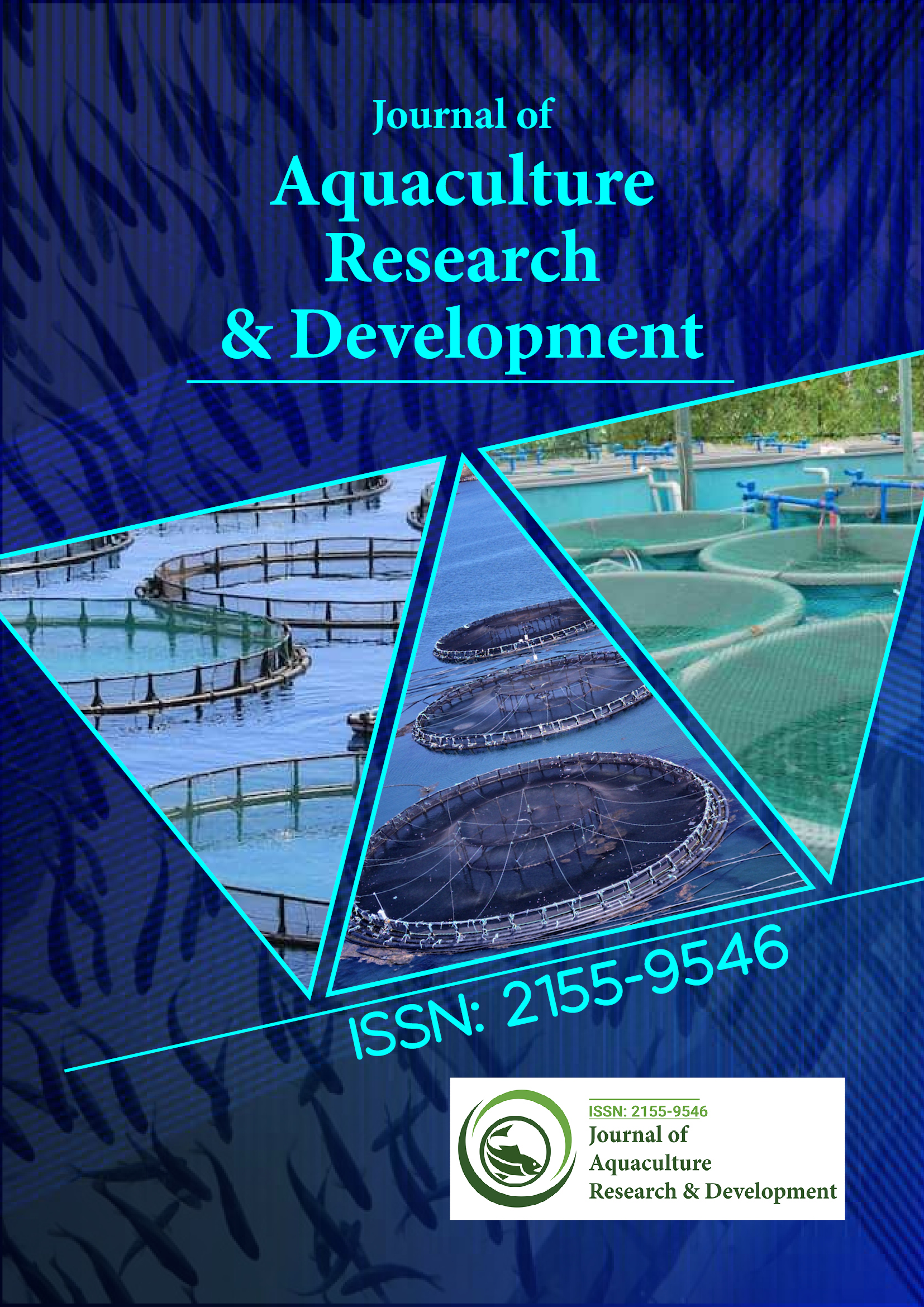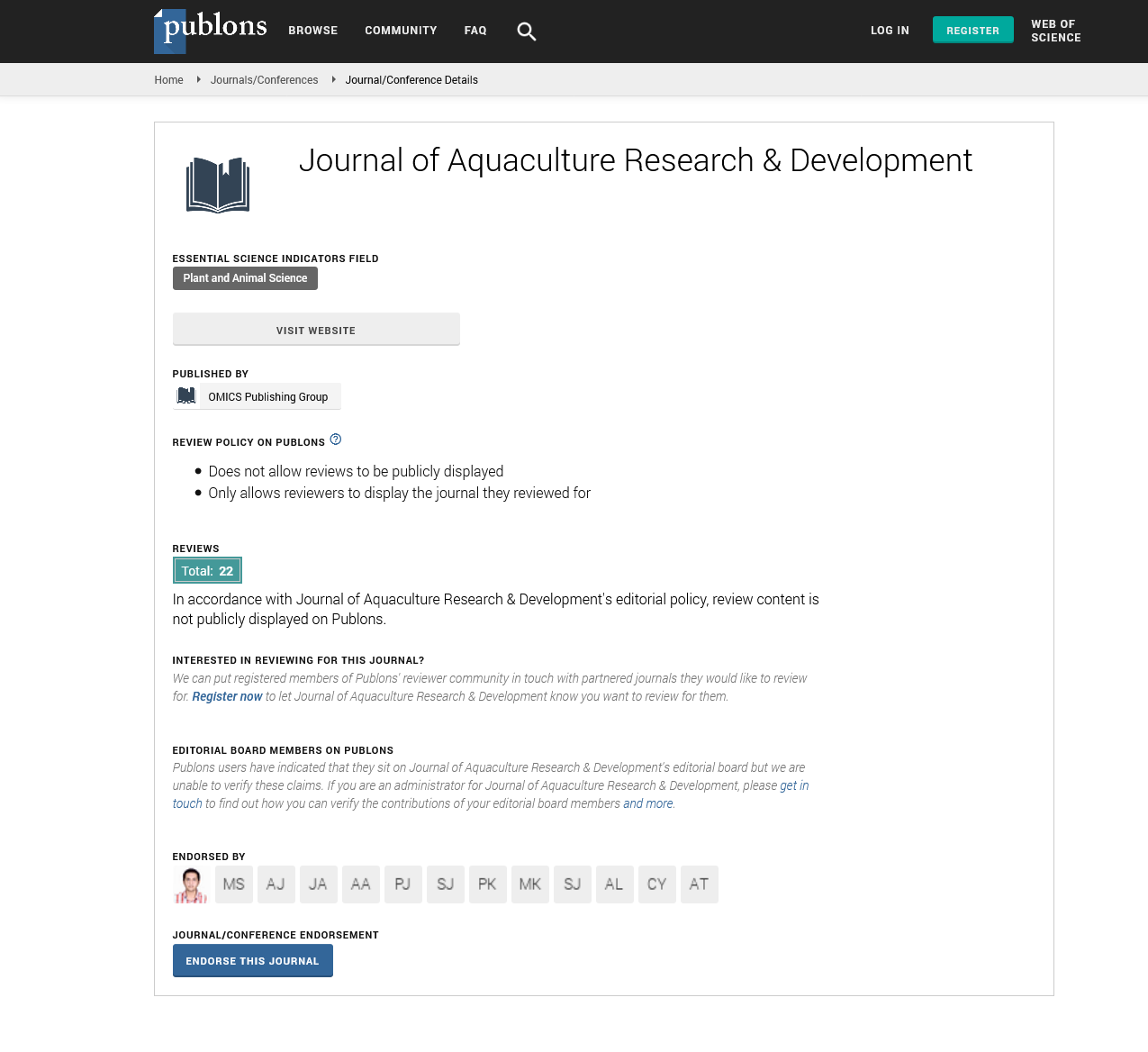Indexed In
- Online Access to Research in the Environment (OARE)
- Open J Gate
- Genamics JournalSeek
- JournalTOCs
- Scimago
- Ulrich's Periodicals Directory
- Access to Global Online Research in Agriculture (AGORA)
- Electronic Journals Library
- Centre for Agriculture and Biosciences International (CABI)
- RefSeek
- Directory of Research Journal Indexing (DRJI)
- Hamdard University
- EBSCO A-Z
- OCLC- WorldCat
- Scholarsteer
- SWB online catalog
- Virtual Library of Biology (vifabio)
- Publons
- MIAR
- University Grants Commission
- Euro Pub
- Google Scholar
Useful Links
Share This Page
Journal Flyer

Open Access Journals
- Agri and Aquaculture
- Biochemistry
- Bioinformatics & Systems Biology
- Business & Management
- Chemistry
- Clinical Sciences
- Engineering
- Food & Nutrition
- General Science
- Genetics & Molecular Biology
- Immunology & Microbiology
- Medical Sciences
- Neuroscience & Psychology
- Nursing & Health Care
- Pharmaceutical Sciences
Commentary - (2025) Volume 16, Issue 3
Aquatic Plant Recycling for Feed and Effluent Treatment in Fish Farms
Qiong Chen*Received: 25-Feb-2025, Manuscript No. JARD-25-29134; Editor assigned: 27-Feb-2025, Pre QC No. JARD-25-29134 (PQ); Reviewed: 13-Mar-2025, QC No. JARD-25-29134; Revised: 20-Mar-2025, Manuscript No. JARD-25-29134 (R); Published: 27-Mar-2025, DOI: 10.35248/2155-9546.25.16.972
Description
Aquaculture, a fast-growing sector in food production, faces growing concerns about water quality and waste management. Effluent from fish ponds contains excess nutrients like nitrogen and phosphorus, as well as organic matter that can harm surrounding ecosystems if released untreated. A sustainable solution involves integrating phytoremediation using plants to absorb and transform nutrients and recycling plant biomass as fish feed. Wolffia arrhiza, commonly known as watermeal, emerges as a strong candidate due to its rapid growth, high nutrient uptake and suitability as a feed ingredient.
Biology of Wolffia arrhiza
W. arrhiza, one of the smallest flowering plants, belongs to the duckweed family. Its simple structure — tiny, rootless fronds — enables fast asexual reproduction. Under ideal conditions, it can double the biomass in 2-3 days. The plant absorbs the dissolved nutrients and CO2 while remaining afloat on still water.
Multiple studies document its efficiency in removing nitrates, ammonium and phosphorus, along with some trace metals, from freshwater. While growth conditions vary by temperature, light and nutrient concentration, W. arrhiza adapts well to diverse water sources, including those from aquaculture effluent.
Nutrient uptake and effluent treatment
Farm-level trials in Nile tilapia ponds and shrimp systems have demonstrated significant removal of nitrogen and phosphorus using W. arrhiza mats.
The plant’s uptake mechanisms involve direct assimilation and microbial-mediated transformations. Photosynthesis lowers pH and boosts oxygen levels below, aiding heterotrophic breakdown of organic matter. Continuous harvesting of biomass maintains nutrient gradients and prevents saturation.
System integration strategies
Effluent treatment ponds: W. arrhiza grows naturally on pond effluent. Floating platforms or aerated zones may enhance uniform growth. Biomass is periodically harvested, dried and processed into feed.
Constructed wetland channels: Flowing water passes through shallow channels where watermeal is grown in controlled density. Maintenance is easier and water retention time is optimized.
Closed-loop systems: Effluent is circulated between rearing tanks, watermeal reactors and settling basins. Harvested biomass is directly converted into feed onsite.
Challenges and considerations
Seasonal performance: Cold months slow watermeal growth. Resilient strains, greenhouse protection, or seasonal harvesting are possible countermeasures.
Contaminant monitoring: Heavy metals or antibiotics can accumulate if they are present in pond water. Regular testing assures safety and compliance.
Feed formulation constraints: High inclusion rates may reduce palatability and nutrient balance. Combining with other proteins elevates diet quality.
Regulatory framework: Feed approval, water quality standards and safety regulations must be navigated in each country.
Future research directions
The screening of various watermeal strains to identify those with optimal growth characteristics, efficient nutrient uptake and consistent year-round performance. Additionally, the development of integrated pest control strategies such as incorporating cover crops or encouraging beneficial predators could reduce the reliance on chemical inputs and support sustainable cultivation. To enhance system efficiency, it is important to develop nutrient flux models that inform the design of watermeal production systems.
Furthermore, exploring opportunities to create value-added products from watermeal, including nutraceuticals and biofuels, may improve the economic feasibility of these systems. Finally, social adoption studies are needed to better understand the barriers to implementation and identify effective strategies to encourage widespread uptake among stakeholders.
Reclaiming W. arrhiza from aquaculture wastewater offers a dual benefit of water treatment and resource generation. When harvested and incorporated into feed, it supports production efficiency, resource recycling and environmental protection. Though technical and regulatory issues remain, careful design, system integration and monitoring can make this approach a valuable part of sustainable aquaculture.
Citation: Chen Q (2025). Aquatic Plant Recycling for Feed and Effluent Treatment in Fish Farms. J Aquac Res Dev. 16:972.
Copyright: © 2025 Chen Q. This is an open-access article distributed under the terms of the Creative Commons Attribution License, which permits unrestricted use, distribution, and reproduction in any medium, provided the original author and source are credited.

